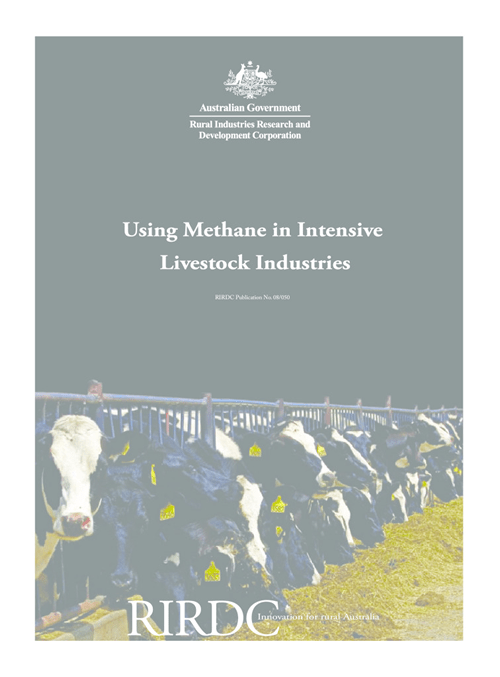Asparagopsis taxiformis hatchery and cultivation manual
The emerging Australian seaweed industry is becoming prominent and attractive because of the role it can play in helping Australian agriculture realise its sustainability goals....

60 pages
Published: 23 Apr 2008
Author(s): Limited, Magma Pty
Download report PDF
DownloadPurchase a hard copy - AUD $45.00
Australia’s National Greenhouse Gas Inventory estimates that on-farm activities (excluding energy use) produce around sixteen percent of overall national emissions. This is more than all of Australia’s transport based emissions, making the agricultural sector the second largest source of greenhouse gases after electricity production. Methane is the dominant agricultural greenhouse gas in Australia, with methane from livestock representing twelve per cent of national greenhouse gas emissions. Approximately one quarter of those emissions of methane are from animal waste.
Methane is produced during the anaerobic (i.e., without oxygen) decomposition of organic material in livestock manure management systems. Manure deposited on fields and pastures, or otherwise handled in a dry form, produces insignificant amounts of methane.
Reducing methane emissions is one of the most cost-effective ways to realise immediate environmental benefits due to methane’s potency as a greenhouse gas.